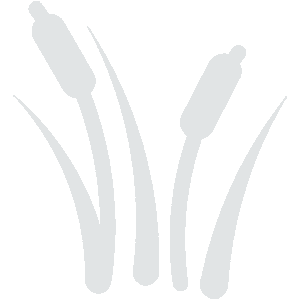Best Landscaping Practices
Dos
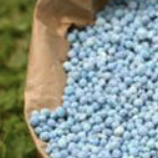
Skip spring fertilizer. Nitrogen from lawn fertilizers pollutes our shared water bodies. Early fertilization also encourages weeds, soil diseases and rapid, poor growth. Slow release fertilizer is preferable.

Water deeply, but infrequently, one to two times a week beginning mid-June. No watering in the spring and once a week in the fall.
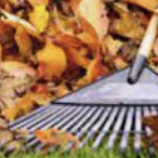
In the fall, rake leaves into garden beds, and make sure your landscaper uses an electric-powered leaf blower.

Plant a native plant-filled buffer at the edge of your property to cleanse run off before it meets our waters.
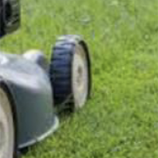
Grow your grass to 4″, then cut to 3″. Leave clippings to restore beneficial nutrients to the soil.
Don’ts

Don’t believe that you need fertilizer for a green lawn. Compost tea is one product that works without adding nitrogen pollution.
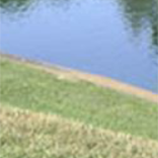
Don’t leave an expanse of unbuffered green lawn leading to a water body.
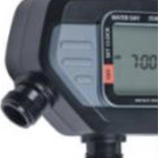
Don’t set an irrigation clock that waters multiple times a week. Frequent watering increases mosquitos, fungus and nutrient run off.
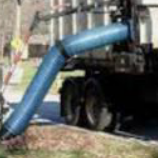
Don’t have your fallen leaves carted to a garbage dump, and don’t let your landscaper use a gas-powered leaf blower. One leaf blower releases as much smog as 17 cars!
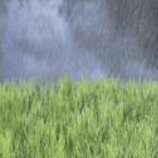
Don’t irrigate when it rains.
Edwina von Gal
A Year in the Life of a Toxic Free Landscape.
Why and How to Lighten the Chemical Load on your Landscape.
Homemade Compost Tea
Homemade compost tea from Watermill’s biodynamic farmer Steve Storch is the LAC friendly lawn answer to synthetic fertilizer. This brew is a healthy, toxin-free year-round fertilizer for your lawn. It is also available for sale at Fowler’s Garden Center in Southampton.
Contents
Physical from: rock powder
Guaranteed Analysis Total Nitrogen as NH4 .05%; 0% Phosphorous; 0% Potash
Ingredients: Cow manure, chicken manure, finely ground oyster shell, egg shell, other seashells, seaweed, finely ground basalt, ground terra cotta, finely ground biochar, yarrow, chamomile, nettles, white oak bark, dandelion, valerian, Equisetum arvense.
Directions for Use
 Vortex Brewer* Compound may be used in hydroponics or soil growing mediums, as a field spray and in the landscape. Use at the rate of 1/4 cup per acre or 250 ml dry volume per hectare when potentizing with the Vortex Brewer system. Be careful not to add too much to impede flow. Field application rates need to be determined based on farm or garden spray system. Apply at least five gallons per acre or 22 liters per hectare and up toe 20 gallons per acre of 88 liters per hectare.
Vortex Brewer* Compound may be used in hydroponics or soil growing mediums, as a field spray and in the landscape. Use at the rate of 1/4 cup per acre or 250 ml dry volume per hectare when potentizing with the Vortex Brewer system. Be careful not to add too much to impede flow. Field application rates need to be determined based on farm or garden spray system. Apply at least five gallons per acre or 22 liters per hectare and up toe 20 gallons per acre of 88 liters per hectare.
Use of this product will help develop complex root systems aiding in nutrient uptake and density.
Storage
Keep in cool place out of direct sunlight.
Precautions
Non-toxic. If spilled after mixing, hose off with water, rinse hands, and face. If compound is spilled, sweep up and store properly.
KEEP OUT OF REACH OF CHILDREN
During mixing and application do not expose to products or residues containing pesticides or formaldehyde.


